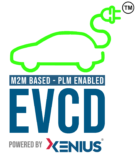Types of chargers that power the EVs
August 16, 2022 2022-08-16 8:47Types of chargers that power the EVs

Types of chargers that power the EVs
INTRO: Electric vehicles (EVs) provide an earth-friendly solution to the problem of environmental pollution. With the popularity of these vehicles, many global brands have hit the Indian market, making it more competitive. This has also added to the need for and the presence of various kinds of chargers to power the vehicles. These range from AC to DC chargers, with different capabilities, functionalities and power.
In the Indian market, there are numerous EV chargers. Some are AC chargers, while others are DC chargers. DC chargers are very fast, whereas AC chargers are slower
A variety of plugs and sockets of various sizes and pin counts are available in the market depending on the current supplied and the number of phases permitted
Electric vehicles (EV) have taken over the world. EVs are better for the environment and will contribute to a more sustainable way of life on Earth. EVs emit no carbon emissions, whereas ICE-powered vehicles emit a variety of harmful gases such as carbon monoxide, nitrogen oxides, hydrocarbons, suspended particulate matter and a trace amount of sulphur dioxide.
There has been a sudden influx of new electric two and four-wheelers in the market. In the highly competitive Indian auto scenario, international brands are launching their flagship products. EVs such as the BMW iX4, Audi e-tron, Porsche Taycan, and others have already entered the Indian EV market.
In the Indian market, there are numerous EV chargers. Some are AC chargers, while others are DC chargers. DC chargers are very fast, whereas AC chargers are slower. AC chargers use a rectifier, which is housed within the EV, to convert the AC supply to DC. The converted DC supply is then used to recharge the EV battery.
In the case of a DC charger, the rectifier is built into the charger. This rectifier converts the alternating current supply to direct current and provides an instant DC supply to the battery. The DC charger can also communicate with the EV’s battery Management System (BMS) and provide real-time status of the EV battery, such as charge percentage, estimated time to fully recharge, and so on.
AC chargers can be further divided into two categories. Type 1 (IEC60309) and Type 2. Type 1 is a single phase, 15 amp outlet and an IEC 60309 connector. A variety of plugs and sockets of various sizes and pin counts are available in the market depending on the current supplied and the number of phases permitted. Because they are weatherproof to IP44, the fittings are popular in open-air settings. They’re also frequently used when a high current rating or three-phase capabilities aren’t required.
The IEC 62196 Type 2 connector is mostly used for charging electric vehicles. The flattened top edge of the circular connector can charge EV batteries at 3-50 kilowatts. Electricity is generated using single-phase or three-phase alternating current. The Type 2 AC connector has seven pins in which one pin is the earth pin, one is the neutral pin, and three are the phase pins and two are the signalling pins. The only difference between Type-2 AC chargers and 7.4/22 KW AC chargers is in the phase conductors. The 7.4 KW single phase has only one conductor while the three phase (22 KW) has three.


